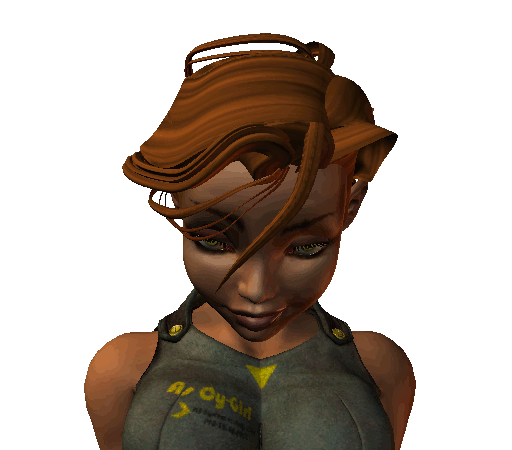How to Develop a Potters' Nod
A while ago I was involved with the Wellington Potters’ Association seeing as I was working with ceramics at the time. While I was there I editing the monthly Newsletter (when I say newsletter it was more of a magazine). This article was one I wrote for two reasons; as a bit of entertainment, but mostly to tease those Potters who used the wheel’s for throwing pots. The magazine article appeared in the February 2008 edition which you can find here:0802_WPANewsletter_r1.pdf.

How to Develop a Professional Looking Potter’s Nod.
You will all have seen a professional potter at work and admired the dedication to their craft and their attention to detail. The intensity of their attention to detail is strongest while they are refining the shape of their pot on the wheel. And they watch it … intensely … as it goes around … and around … and around. And there it is, the essence of the Potter’s Nod. You’ve seen it at conventions, at workshops, even at BBQs with the more established professional members of the WPA nodding away while they stir their coffee, or eat their dinner.
A word of warning, a potter’s nod will obviously not apply to slabbers, pinchers, and moulders, and the motley bunch of other types of clay workers. We advise against using any form of potter’s nod while working on a slab roller, press moulding a form, or just pinching up a bowl, as it looks terribly daft and your credibility as a serious potter will be sunk forever. If you are caught using a potter’s nod while doing handbuilding, we would suggest that pottery is not for you and you should take up embroidery or something safer where eccentricities are less noticeable.
So … if you want to look professional in your pottery (wheel work only1) even if you have just started, it is essential to develop a good and extravagant potter’s nod as early in your career as possible. A potter’s nod is quite easy to develop, but initially will take some training. There are two critical components of a potter’s nod; motion, and timing. Expressions and face pulling are optional embellishments to your potter’s nod, but if overdone can detract from the professional look and end up just making you look a bit mad.
Motion
The images show the basic motion. It is a rotary motion that follows the rotation of the wheel.

At the early stages, to help with developing the timing and the motion, attach a peg or some such obvious object to the rim of your pot. Watch this intensely as it goes around, using movement of your head to follow its motion rather than just your eyes. Do not break your concentration. To really impress people and demonstrate your mastery of the technique, talk in depth on a completely unrelated topic while watching the edge of your pot go around.
To develop your potter’s nod, lean over to one side with your head on its side so that you are looking across the top of your pot. Now watch the peg or some detail on the side of the pot as it goes around. Once you have the basic motion sorted out, exaggerate it. If nobody can discern your potter’s nod from your normal nervous tics and quirks you are not exaggerating enough. Remember big and bold.
Timing
Good timing is the difference between looking good, and looking like a fake. Your potter’s nod must match the rotation of the wheel. Any faster and people will know you’re just putting it on. Any slower and people will think you have some sort of mental condition or just nodding off to sleep at the wheel.
Warning: Serious injury can result from trying your potter’s nod while centering or initial shaping of your pot. The wheel is turning much too quickly to attempt a potter’s nod. The potter’s nod should only be used while refining the shape and detailing when the wheel is turning at no more than one revolution per second.
Preparation
Make sure you warm up before your start any pottery session where you think using your potter’s nod is a possibility. The exercises to loosen up the neck are very simple. Just turn your head to the right for five seconds, then to the left for five seconds. Repeat this three or four times.

Now let your head drop forward to stretch the back of your neck, hold that for five seconds, then roll your head back so that you are looking at the ceiling. Observe the cobwebs on the lightshades for five seconds. Repeat this three or four times.

Finally roll your head around in a big circle clockwise then anticlockwise slowly while counting to ten.

You will now be ready to commence a good session at the wheel.
Notes:
1Obviously not handbuilding for the reasons already stated, and the fact that only serious potters use a wheel.

Most of the illustrations and animations on this page were created in Poser 6 using Daz The Girl 3. The exception is the illustration of using the wheel where the animation was done in Blender and used the Sintel character from the Blender Foundation’s Durian Open Movie Project, Sintel. If you are really really interested, the Talisman style potter’s wheel Sintel is working has the foot plates from a Speederbike model being used as the speed control pedals. I’m sure you needed to know all that.